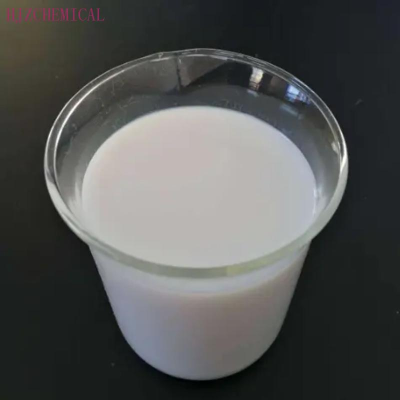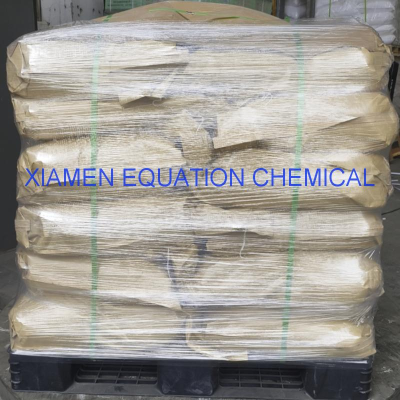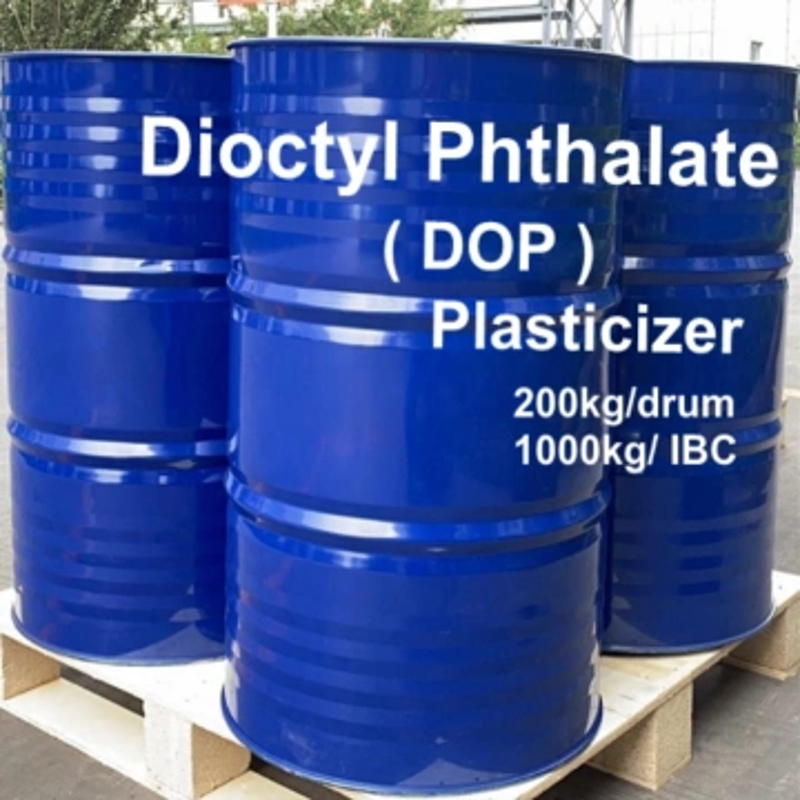-
Categories
-
Pharmaceutical Intermediates
-
Active Pharmaceutical Ingredients
-
Food Additives
- Industrial Coatings
- Agrochemicals
- Dyes and Pigments
- Surfactant
- Flavors and Fragrances
- Chemical Reagents
- Catalyst and Auxiliary
- Natural Products
- Inorganic Chemistry
-
Organic Chemistry
-
Biochemical Engineering
- Analytical Chemistry
-
Cosmetic Ingredient
- Water Treatment Chemical
-
Pharmaceutical Intermediates
Promotion
ECHEMI Mall
Wholesale
Weekly Price
Exhibition
News
-
Trade Service
From the adoption of the United Nations Framework Convention on Climate Change by the United Nations General Assembly in 1992 to the adoption of the Paris Agreement in 2015, the basic framework for the global response to climate change has been established
Under the trend of global carbon emission reduction, China's dual-carbon goal demonstrates the responsibility of a major country
China is the largest developing country in the world.
Relevant data show that in 2020, the annual output of plastic products in China is 76.
The key problems in the prevention and control of plastic pollution in China are mainly lack of ideological awareness and weak awareness of prevention and control; unsuitable and imperfect regulations, standards and policy measures; confusion in the plastic product market and lack of effective supervision; the application of degradable alternative products faces difficulties and constraints; The waste plastic recycling and utilization system is not perfect
So, for the recycled plastics industry, how to realize a double-carbon circular economy is a question worthy of our discussion
In the work of realizing the "dual carbon" goal, first of all, we must clarify the responsibility boundary of emission reduction
In addition, in the green transformation and development, substantial breakthroughs must be made in plastic pollution control and plastic recycling
Finally, from the recycling end of the recycled plastic industry to the market demand end, we must take carbon reduction measures:
Recycling end: Accelerate the construction of the recycling system for recycled plastics, "integrate the two networks" between waste material recycling outlets and domestic waste sorting outlets, actively implement the "Internet + recycling" model, and collaborate online and offline to improve standardized recycling companies.
Supply side: Improve the level of processing and utilization of renewable resources
Demand side: Promote the high-quality development of the remanufacturing industry
Special action for the whole chain of plastic pollution control: scientifically and rationally promote the reduction of plastics, and improve the level of recycling and utilization of waste agricultural film
To sum up, the development of circular economy is a systematic project involving a wide range and strong comprehensiveness, and the development of circular economy is a powerful starting point for achieving the goal of carbon peaking and carbon neutrality







